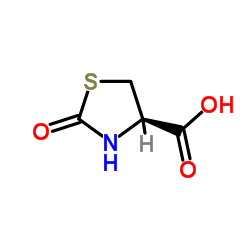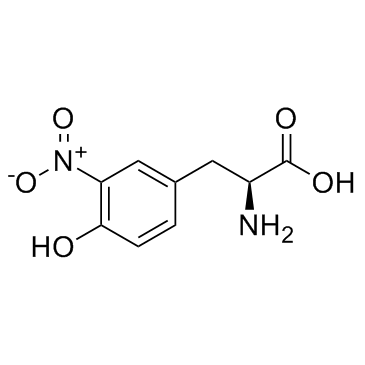| Structure | Name/CAS No. | Articles |
|---|---|---|
 |
L-Pyroglutamicacid
CAS:98-79-3 |
|
 |
Oxothiazolidinecarboxylic acid
CAS:19771-63-2 |
|
 |
3-nitro-L-tyrosine
CAS:621-44-3 |